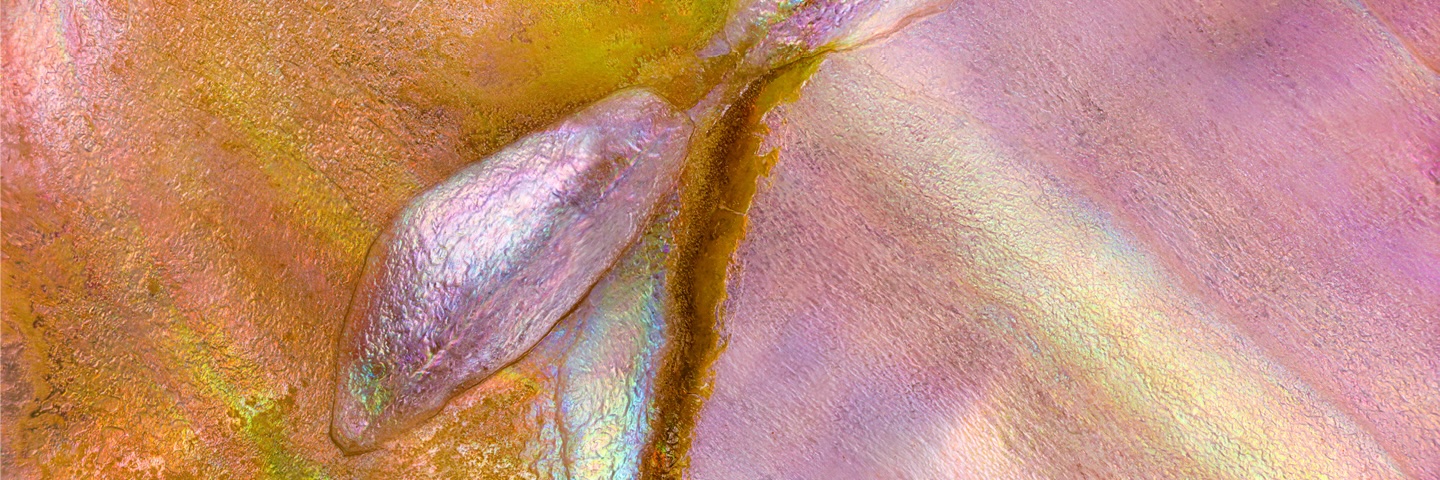
Voices from biodiversity
Every voice offers a new perspective. These interviews bring you closer to the people who work every day to study, protect, and share biodiversity. Different backgrounds, diverse expertise, and stories that intersect. Listening to them means stepping into the heart of knowledge, where ideas take shape.
Order by
-
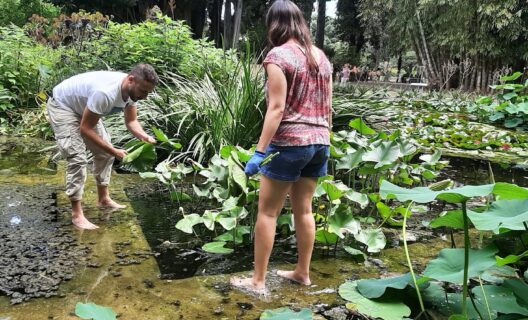
Research and business: ‘biodiversity is a mine’
none
Italian biodiversity is a still largely unexplored treasure , capable of offering innovative solutions for human health and environmental sustainability. This is the context for the work coordinated by Flavia Guzzo, professor of botany at the University of Verona, who leads a team of more than 100 researchers within the NBFC project. At the center of their efforts is the enhancement of native and allochthonous Italian plants through careful chemical and biological analysis to identify properties useful in the development of nutraceuticals, natural medicines and tools for a more ecologicalagriculture. Through a rigorous, multidisciplinary approach, also supported by artificial intelligence, the group is paving the way for new applications of plant biomolecules, while promoting biodiversity protection and basic scientific research.
-
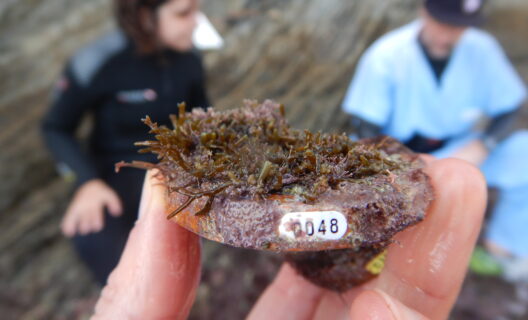
Precious algae: the case of the Cinque Terre
With her marine restoration projects, Mariachiara Chiantore’s team revives Cystoseira forests
Marine restoration is a key activity to restore ecosystems damaged by human activities or natural events. The goal is to restore the biodiversity, functionality, and resilience of these vital environments.
-
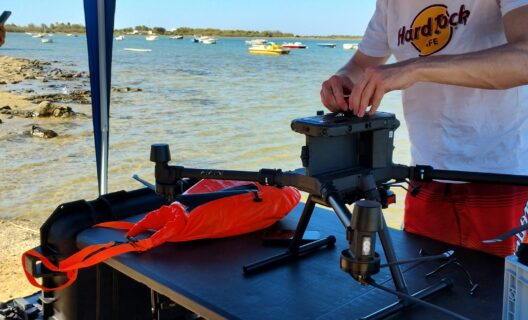
The sea from above: the gaze of the marine ecologist
An NBFC project uses drones and multispectral cameras to investigate biodiversity
When it comes to assessing the health of everything that lives in the sea, marine ecologists come into play. Gennaro Ucciero is one of them, and his doctoral project (carried out between the University of Palermo, the NBFC office in the Sicilian capital, the Laboratory of Marine Ecology at the Federico II University of Naples and the PRISMA Lab at the same university) puts a twist on traditional survey methods.
-
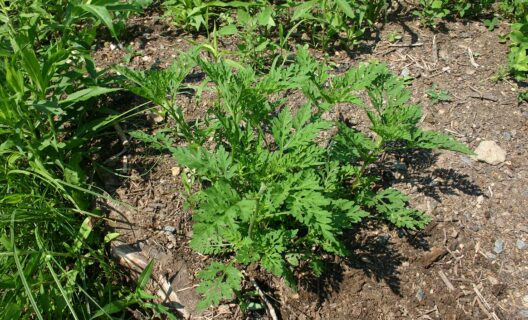
Exotic plants in the city: a challenge to be met
Discovering the habits of species that have chosen to inhabit the city
Is it possible to welcome exotic plants into urban greenery without causing harm, and if so, which ones is best to choose? This is one of the strands of research by Chiara Montagnani, a botanist specializing in the complex field of alien or exotic species.
-
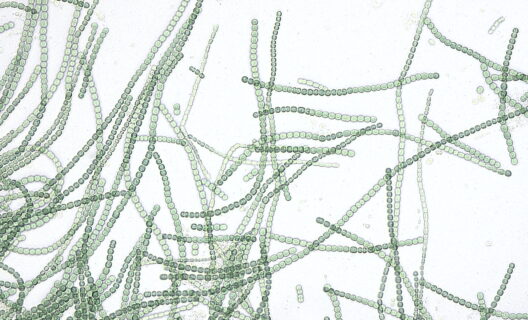
Cyanobacteria and nutraceuticals, together today
Ancient bacteria are a valuable and sustainable resource for the production of bioactive molecules
In the second year of her doctorate in drug science, Teresa De Rosa, at the Federico II University of Naples, studies cyanobacteria, single-celled organisms without which the world as we know it would not exist. Some of the oldest bacteria on Earth, with fossil records dating back at least 2.1 billion years, these microscopic organisms are the focus of her research for several reasons: De Rosa studies their biodiversity, prevalence and potential.
-

Studying biodiversity from satellite
Used until now only for soil study, today the satellite is also a valuable ally for marine biodiversity analysis
In spy films, satellites are often used to uncover illicit trafficking and monitor the movements of enemy agents. In reality they can serve something monto different but equally fascinating: monitoring the health of marine biodiversity. Marzia Cianflone, a molecular biologist, does just that.
-
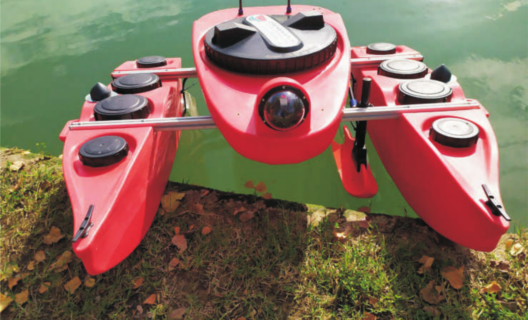
Small, autonomous and affordable: OpenSwap
A possible ideal solution for exploring the biodiversity of less accessible coastal areas
Studying the biodiversity of Italy’s coasts required, until yesterday, suitable boats, large teams, sophisticated machinery and substantial funds. The development of a small, low-cost autonomous vehicle changes the scenario and opens the door, potentially, to more frequent campaigns and more accurate data, within the reach (even) of small administrations.


